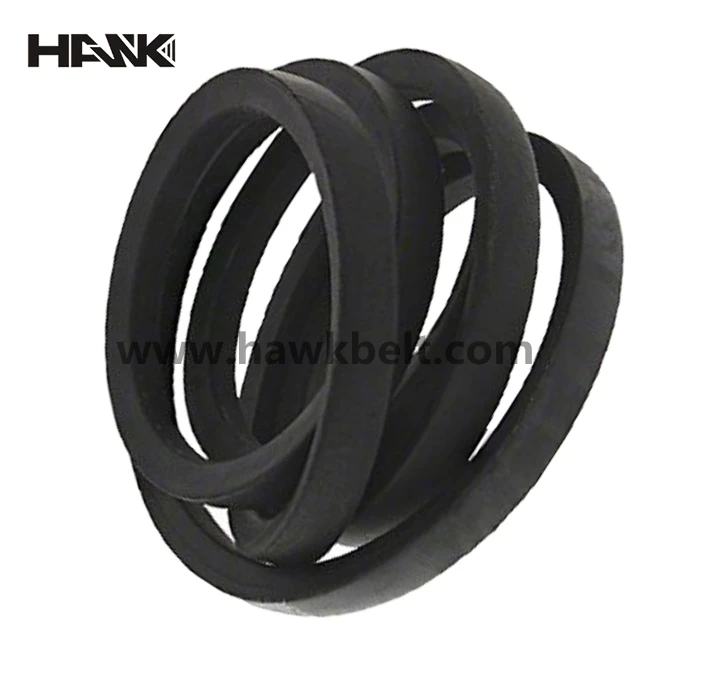- Arabic
- French
- Russian
- Spanish
- Portuguese
- Turkish
- Armenian
- English
- Albanian
- Amharic
- Azerbaijani
- Basque
- Belarusian
- Bengali
- Bosnian
- Bulgarian
- Catalan
- Cebuano
- Corsican
- Croatian
- Czech
- Danish
- Dutch
- Afrikaans
- Esperanto
- Estonian
- Finnish
- Frisian
- Galician
- Georgian
- German
- Greek
- Gujarati
- Haitian Creole
- hausa
- hawaiian
- Hebrew
- Hindi
- Miao
- Hungarian
- Icelandic
- igbo
- Indonesian
- irish
- Italian
- Japanese
- Javanese
- Kannada
- kazakh
- Khmer
- Rwandese
- Korean
- Kurdish
- Kyrgyz
- Lao
- Latin
- Latvian
- Lithuanian
- Luxembourgish
- Macedonian
- Malgashi
- Malay
- Malayalam
- Maltese
- Maori
- Marathi
- Mongolian
- Myanmar
- Nepali
- Norwegian
- Norwegian
- Occitan
- Pashto
- Persian
- Polish
- Punjabi
- Romanian
- Samoan
- Scottish Gaelic
- Serbian
- Sesotho
- Shona
- Sindhi
- Sinhala
- Slovak
- Slovenian
- Somali
- Sundanese
- Swahili
- Swedish
- Tagalog
- Tajik
- Tamil
- Tatar
- Telugu
- Thai
- Turkmen
- Ukrainian
- Urdu
- Uighur
- Uzbek
- Vietnamese
- Welsh
- Bantu
- Yiddish
- Yoruba
- Zulu
11月 . 15, 2024 05:57 Back to list
poly v-belts
Understanding Poly V-Belts Efficiency, Design, and Application
Poly V-belts, also known as serpentine belts, are an integral component in many mechanical systems, particularly in automotive and industrial applications. This flexible belt design enhances performance and efficiency, enabling the smooth operation of various machines and engines. In this article, we will explore the characteristics, advantages, design, and typical applications of Poly V-belts.
What are Poly V-Belts?
Poly V-belts are characterized by their narrow width and multiple ribs running lengthwise along the belt's surface. Unlike traditional V-belts that have a single groove, these belts are designed with numerous small grooves that increase the surface area in contact with the pulley. This feature allows for higher torque transmission while minimizing slippage, making them efficient power transmission components.
Key Advantages of Poly V-Belts
1. Space Efficiency One of the primary advantages of Poly V-belts is their ability to save space. The narrow design allows for more compact assemblies, which is especially beneficial in applications where space is limited, such as in modern vehicles and machinery.
2. Higher Power Transmission Due to their unique design, Poly V-belts can transmit more power than traditional belts. The multi-ribbed construction ensures even distribution of load, enabling the belt to handle higher torque without the risk of slipping.
3. Improved Flexibility and Durability Poly V-belts are made from high-quality materials such as rubber or synthetic compounds, which provide excellent flexibility and durability. This ensures a longer lifespan, reducing the need for frequent replacements and maintenance.
4. Reduced Vibration and Noise The design of Poly V-belts helps to reduce vibration and noise during operation. This is especially important in automotive applications where passenger comfort is a priority.
5. Less Heat Generation The efficient energy transfer in Poly V-belts leads to less heat generation compared to traditional belts. This aspect is vital in preventing overheating and extending the life of both the belt and the components it drives.
Design Features
poly v-belts

Poly V-belts come in various sizes and configurations, allowing for compatibility with different machinery and engines. The ribbed design can be found in several profiles, including narrow and wide options to suit specific applications. Additionally, manufacturers often offer reinforced versions of Poly V-belts that enhance strength and resistance to wear.
The temperature range in which Poly V-belts can operate is also expansive, making them suitable for various environments, from extreme cold to high heat. Some belts even come with added features such as oil resistance or static conductivity, further broadening their applicability.
Applications of Poly V-Belts
Poly V-belts are widely used in different sectors. In the automotive industry, they are commonly found in vehicles for driving alternators, power steering pumps, air conditioning compressors, and water pumps. The versatility of Poly V-belts allows them to replace multiple V-belts in older designs, contributing to a more efficient and streamlined vehicle engine layout.
In industrial applications, Poly V-belts are used in machinery where space-saving and effective power transmission are critical. These include conveyor systems, textile machinery, and various production equipment. Their durability and resilience make them ideal for settings that demand continuous operation under varying loads.
Maintenance and Replacement
While Poly V-belts are designed for longevity, regular maintenance is crucial to ensure optimal performance. Users should periodically inspect the belts for signs of wear, such as fraying, cracking, or glazing. Additionally, proper tensioning is important; too loose or too tight can lead to premature failure.
Replacement of Poly V-belts should be done when significant wear is identified or when the belt has reached the end of its useful life, typically indicated by manufacturer guidelines. Ensuring the correct routing and alignment during installation is also essential to avoid future issues.
Conclusion
Poly V-belts play a vital role in modern machinery and automotive engines, offering numerous advantages over traditional belt designs. With their space-saving characteristics, high power transmission capability, and durability, they are an excellent choice for a wide range of applications. Understanding their benefits and proper maintenance can lead to improved efficiency and performance in any mechanical system. Whether in a workshop or on the road, Poly V-belts continue to drive our machines forward.
-
Korean Auto Parts Timing Belt 24312-37500 For Hyundai/Kia
NewsMar.07,2025
-
7PK2300 90916-T2024 RIBBED BELT POLY V BELT PK BELT
NewsMar.07,2025
-
Chinese Auto Belt Factory 310-2M-22 For BMW/Mercedes-Benz
NewsMar.07,2025
-
Chinese Auto Belt Factory 310-2M-22 For BMW/Mercedes-Benz
NewsMar.07,2025
-
90916-02660 PK Belt 6PK1680 For Toyota
NewsMar.07,2025
-
drive belt serpentine belt
NewsMar.07,2025

